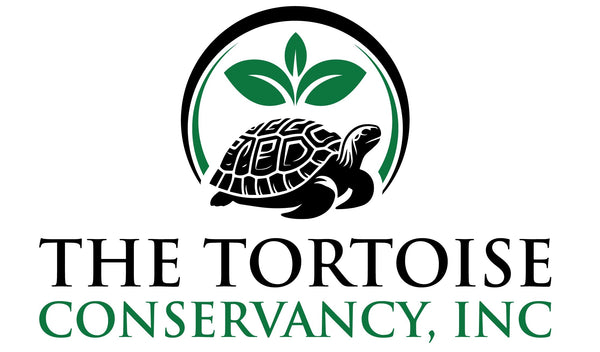
Citizen Science: How You Can Help Monitor Gopher Tortoises
Share
Citizen Science: How You Can Help Monitor Gopher Tortoises |
Citizen science programs invite the public to participate in monitoring and reporting gopher tortoise sightings. These programs provide valuable data for researchers and engage the community in conservation efforts. Simple actions like reporting sightings can have a big impact.
What is Citizen Science?: Citizen science involves members of the public contributing to scientific research and data collection. By participating in citizen science programs, individuals can help gather information about gopher tortoises, including their distribution, behavior, and habitat use. This data is essential for informing conservation strategies and making evidence-based decisions.
Monitoring Programs: Various organizations and agencies offer citizen science programs focused on gopher tortoise monitoring. These programs typically involve:
- Sighting Reports: Participants report sightings of gopher tortoises and their burrows, providing details such as location, date, and behavior. This information helps researchers track tortoise populations and identify key habitats.
- Surveys and Transects: Volunteers conduct surveys and transects in designated areas to systematically collect data on tortoise presence and habitat conditions. These surveys often follow standardized protocols to ensure consistency and accuracy.
- Burrow Monitoring: Participants monitor gopher tortoise burrows, recording information about burrow size, condition, and occupancy. This data helps assess habitat quality and the health of tortoise populations.
Tools and Resources: Citizen science programs provide tools and resources to support participants in their data collection efforts. These may include:
- Smartphone Apps: Mobile apps make it easy for participants to report sightings and collect data in the field. Apps often include features such as GPS tracking, photo upload, and species identification guides.
- Online Platforms: Web-based platforms allow participants to enter data, view maps and reports, and access educational resources. These platforms often provide training materials, data entry forms, and project updates.
- Workshops and Training: Many programs offer workshops and training sessions to teach participants how to identify gopher tortoises, conduct surveys, and use data collection tools. Training ensures that volunteers are well-prepared and confident in their monitoring activities.
Benefits of Citizen Science: Citizen science programs offer numerous benefits for both participants and conservation efforts:
- Engagement and Awareness: Involving the public in scientific research fosters a sense of connection and responsibility for conservation. Participants gain a deeper understanding of gopher tortoises and the importance of protecting their habitats.
- Data Collection: Citizen science programs can collect large amounts of data over wide geographic areas, providing a comprehensive picture of gopher tortoise populations. This data is invaluable for researchers and conservationists.
- Community Involvement: Citizen science encourages community involvement and collaboration, bringing together individuals, organizations, and agencies to work towards common conservation goals.
- Education and Outreach: Participants in citizen science programs often become advocates for conservation, sharing their knowledge and experiences with others. This helps raise awareness and support for gopher tortoise protection.
How to Get Involved: Getting involved in citizen science programs is easy and rewarding. Here are some steps to get started:
- Find a Program: Look for citizen science programs focused on gopher tortoises in your area. Many conservation organizations, wildlife agencies, and universities offer opportunities to participate.
- Register and Train: Sign up for the program and complete any necessary training. Training may be offered online or in person and will provide you with the skills and knowledge needed to participate effectively.
- Collect and Report Data: Use the tools and resources provided to collect and report data on gopher tortoises and their habitats. Follow the guidelines and protocols to ensure your data is accurate and useful.
- Stay Involved: Continue to participate in the program, attend workshops and events, and stay informed about project updates and findings. Share your experiences with others and encourage them to get involved.
Conclusion: Citizen science is a powerful tool for gopher tortoise conservation. By participating in monitoring programs and reporting sightings, individuals can make a meaningful contribution to the protection of these important reptiles. Together, we can gather the data needed to inform conservation strategies and ensure the long-term survival of gopher tortoises and their habitats.
